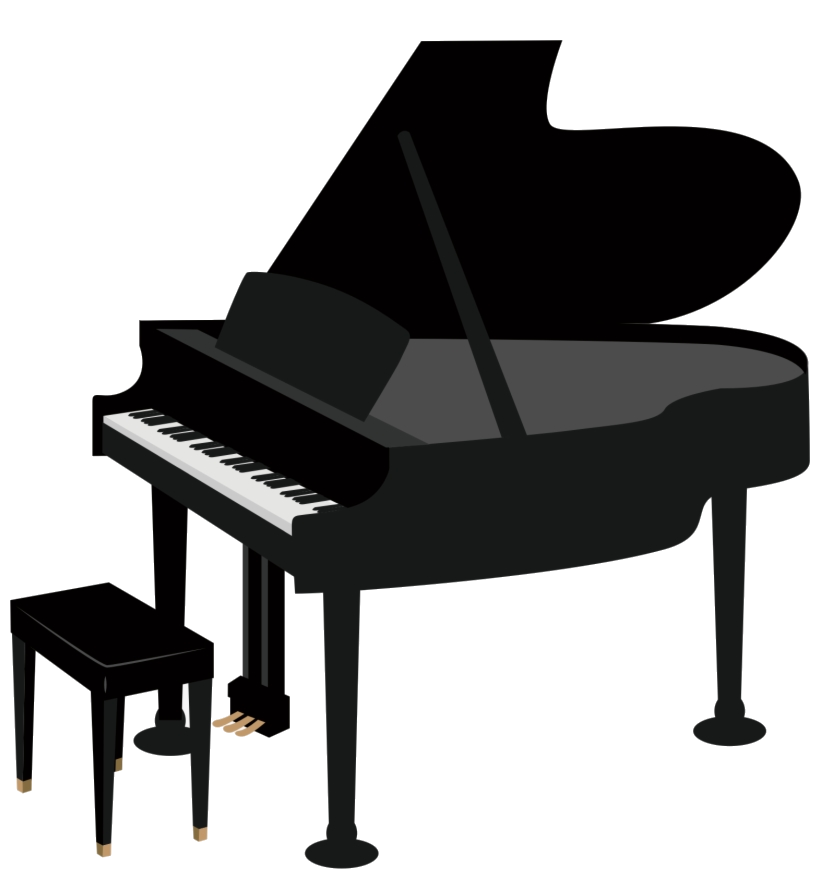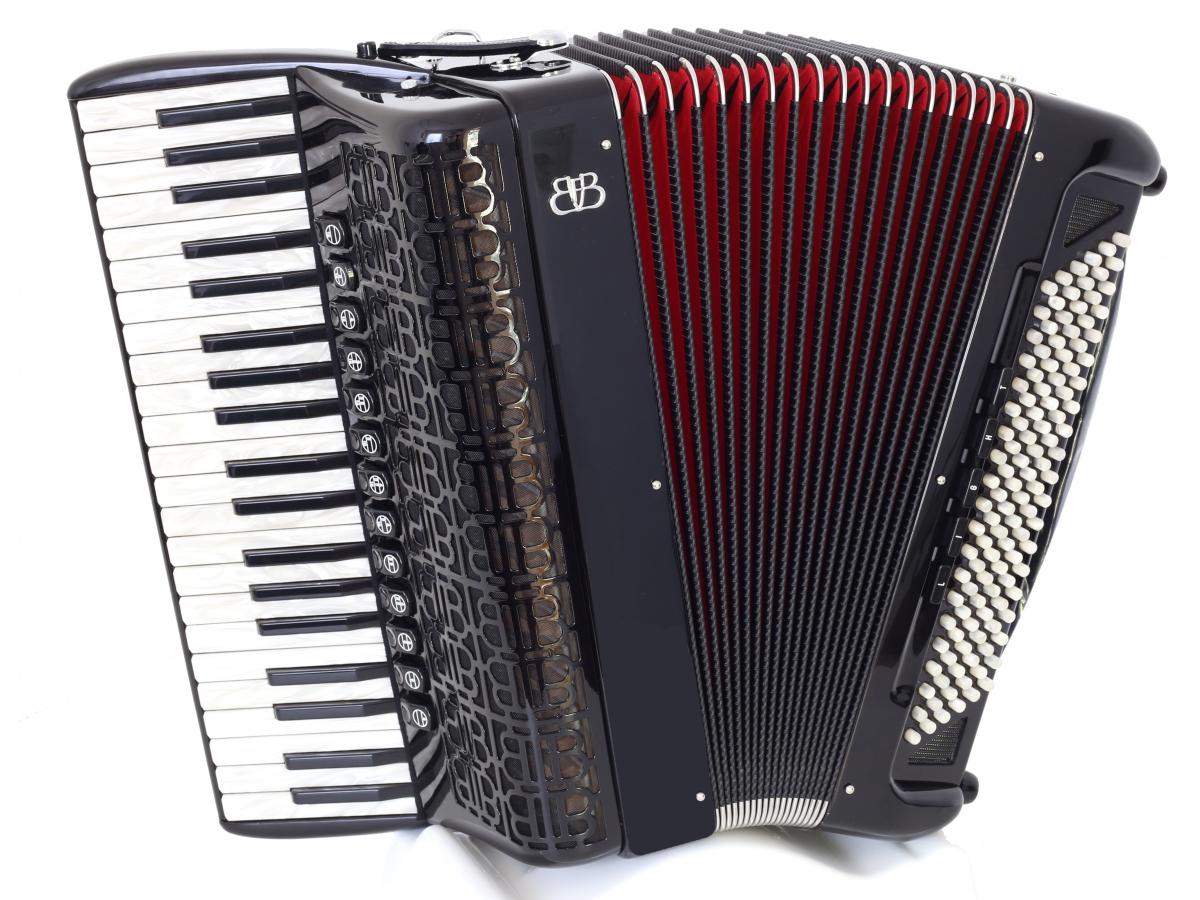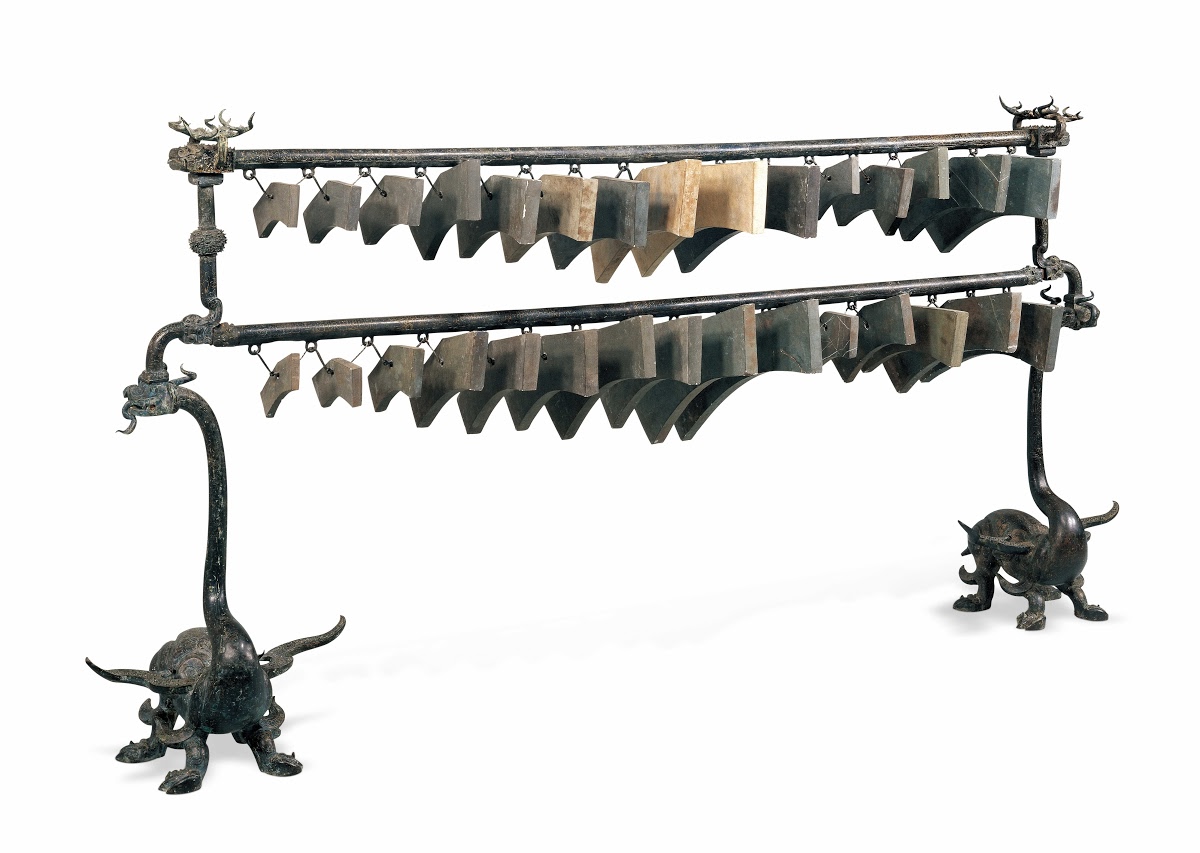
Deutsch-Chinesische Enzyklopädie, 德汉百科
 Musical instrument
Musical instrument



 Music
Music

 Saxony
Saxony

 Companies
Companies

 Companies
Companies
 Germany, Austria, Switzerland
Germany, Austria, Switzerland

 Companies
Companies
 *Centuries-old companies in the world
*Centuries-old companies in the world



Das Bajan (russisch баян, IPA: bɐˈjan) ist die osteuropäische Form des Chromatischen Knopfakkordeons. Unterschiede zum Akkordeon bestehen in der Ausführung des Gehäuses und der Art der Stimmplatten. Die Stimmzungen eines Bajans sind üblicherweise in großen Gruppen zusammen auf einer Metallgrundplatte montiert.
巴扬(俄语баян)是俄罗斯的民族乐器。巴扬手风琴具有指法简便,音域宽广、体积小、易掌握等特点,在国外,尤其是欧洲非常盛行。这个名字来源于俄罗斯的一位名叫巴扬的演奏家,他当时因为演奏古老的手风琴而闻名。古手风琴经过无数次改良而成为我们所见到的这种键钮式自由低音手风琴,1905年圣彼得堡生产出第一台键钮式手风琴,人们为了纪念他而将这种琴命名为“巴扬”。








Das bianqing (chinesisch 編磬 / 编磬, Pinyin biānqìng, englisch Chinese stone chimes), das auch als shibianqing (石编磬, shíbiānqìng) bezeichnet wird, ist ein altes chinesisches Klangsteinspiel, das aus einem Satz von meist L-förmigen Klangsteinen (Lithophonen, 磬 / 磬, qìng) besteht, die mit einem hölzernen Hammer zum Klingen gebracht werden. Die Klangsteine hängen an einem Holzgestell.
Konzert auf Nachbauten antiker Musikinstrumente im Provinzmuseum Hubei (Wuhan). Das Glockenspiel (bianzhong) aus dem Grab des Markgrafen Yi von Zeng befindet sich im Hintergrund, das Klangsteinspiel (bianqing) auf der rechten Seite
Zusammen mit dem bronzenen Glockenspiel (bianzhong) war es ein wichtiges Instrument der chinesischen Ritual- und Hofmusik. Es bestand zumeist aus 16 Klangsteinen. Im Grab des Markgrafen Yi von Zeng wurde ein Klangsteinspiel aus 32 Klangsteinen entdeckt. Auch im Grab des Königs von Nanyue (Nányuè wáng mù) in Kanton, dem Grab des Nan-Yue-Herrschers Zhao Mo (趙眜) aus der Westlichen Han-Zeit, wurde ein Klangsteinspiel entdeckt.
Bereits in der Erlitou-Kultur zur Zeit der Xia kannte man Klangsteine, wie der Fund in der bronzezeitlichen Stätte Dōngxiàféng (东下冯) (ca. 1900–1500 v. Chr.) in der Provinz Shanxi belegt.
Neben aus Steinen gefertigten gibt es auch Klangsteinspiele aus Jade und – dem Zhongguo yinyue cidian zufolge – auch aus Bronze.
 History
History
 Art
Art